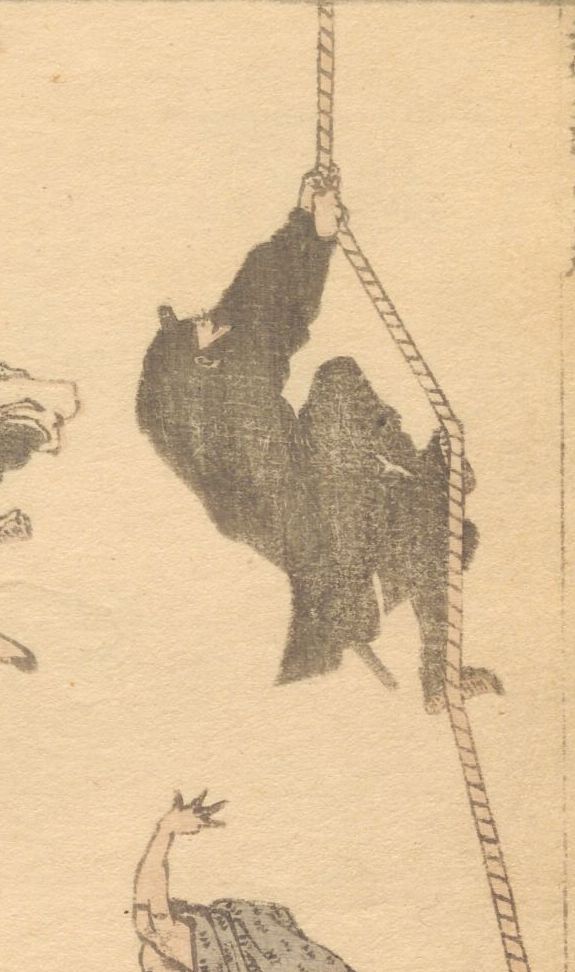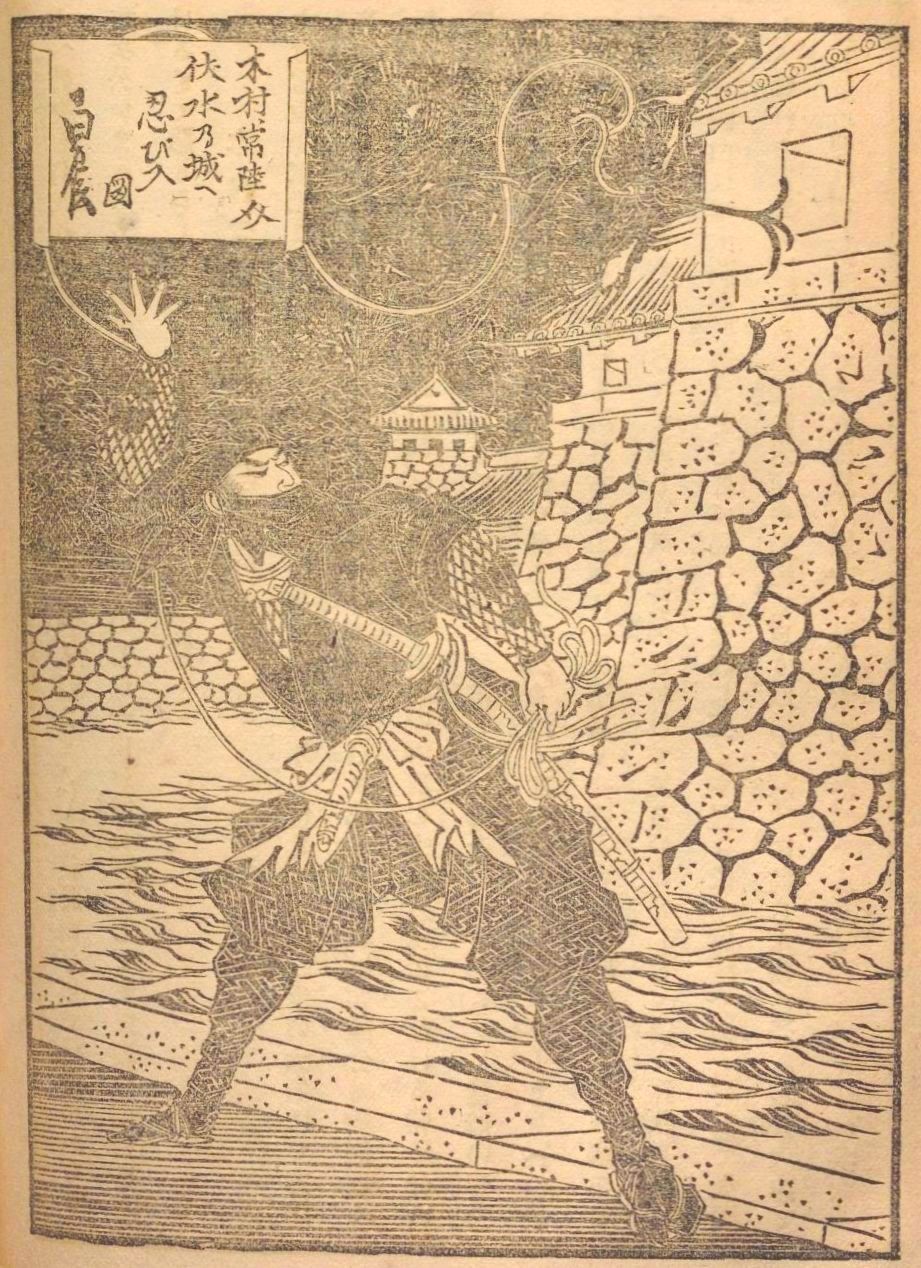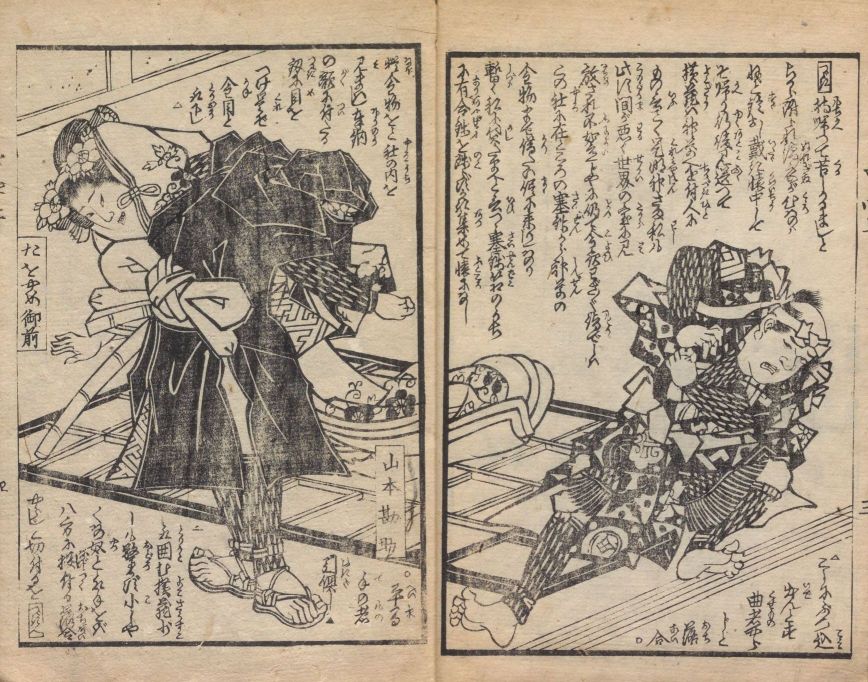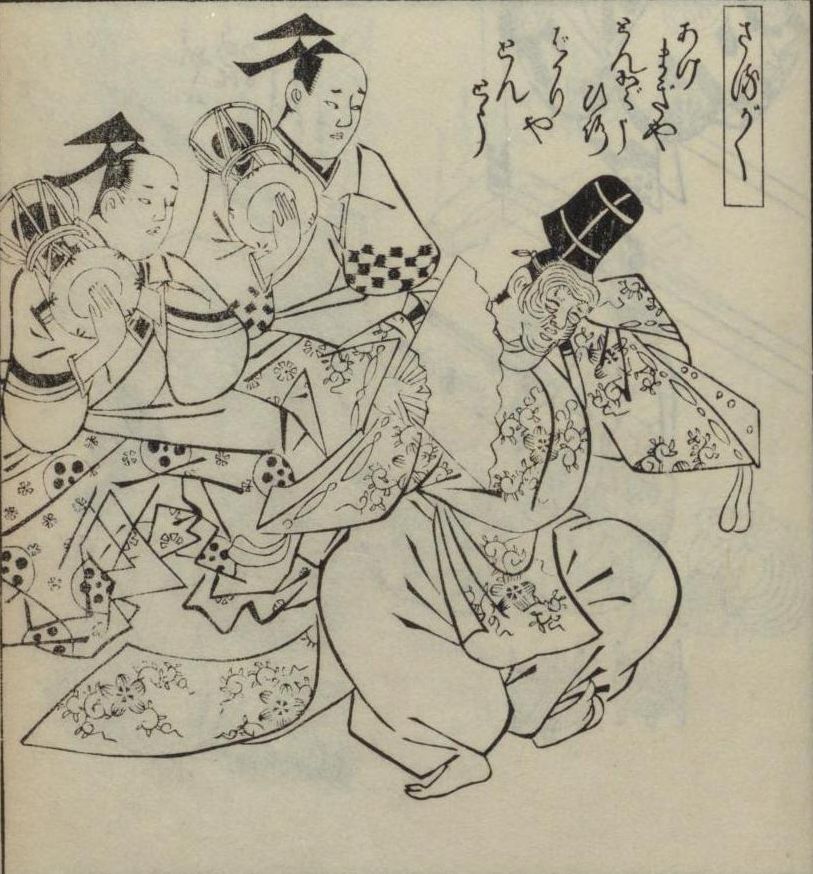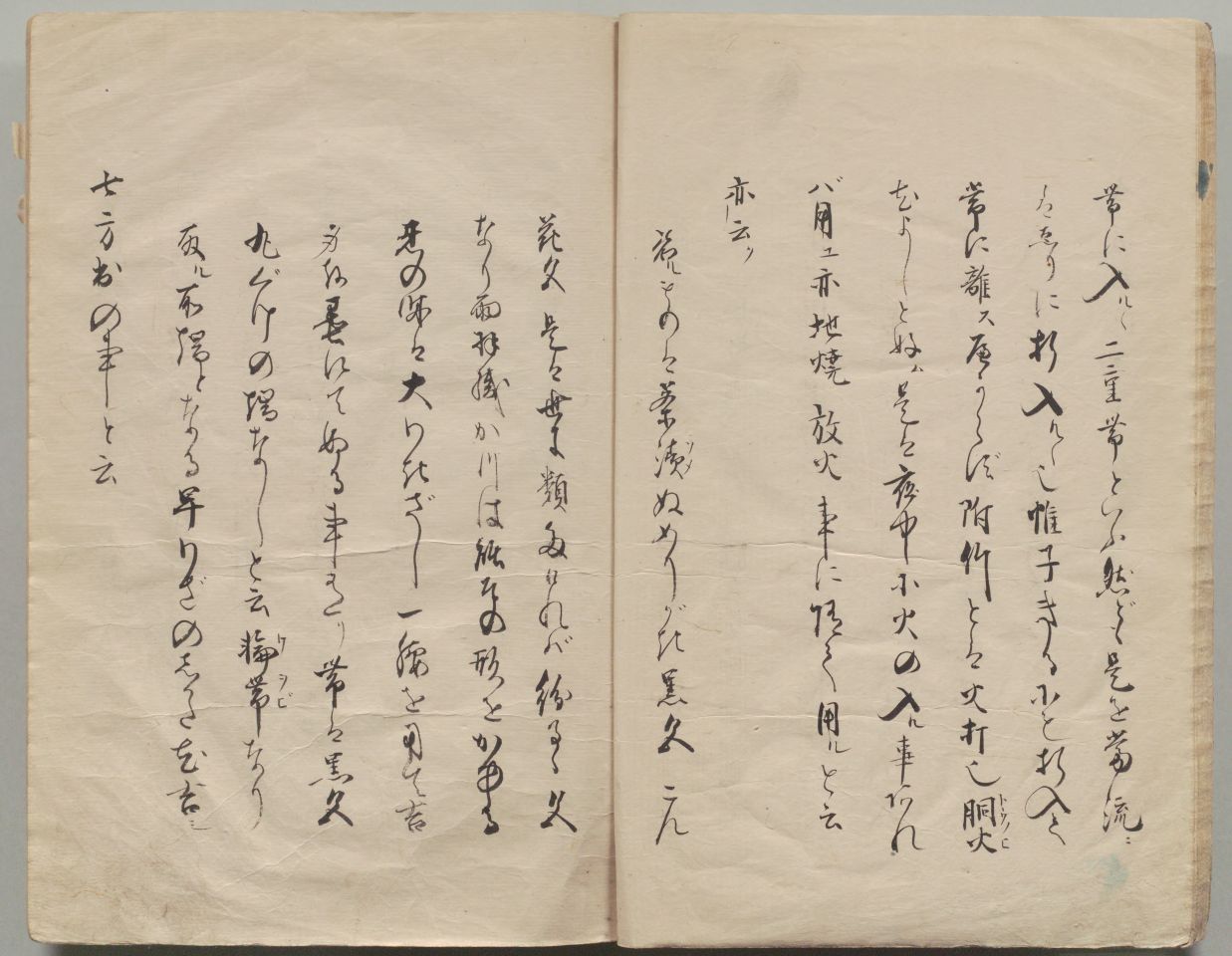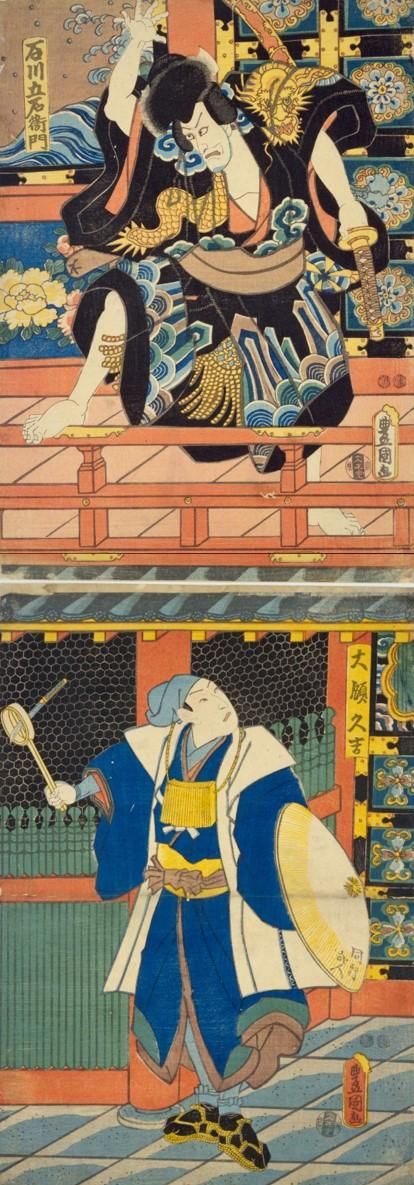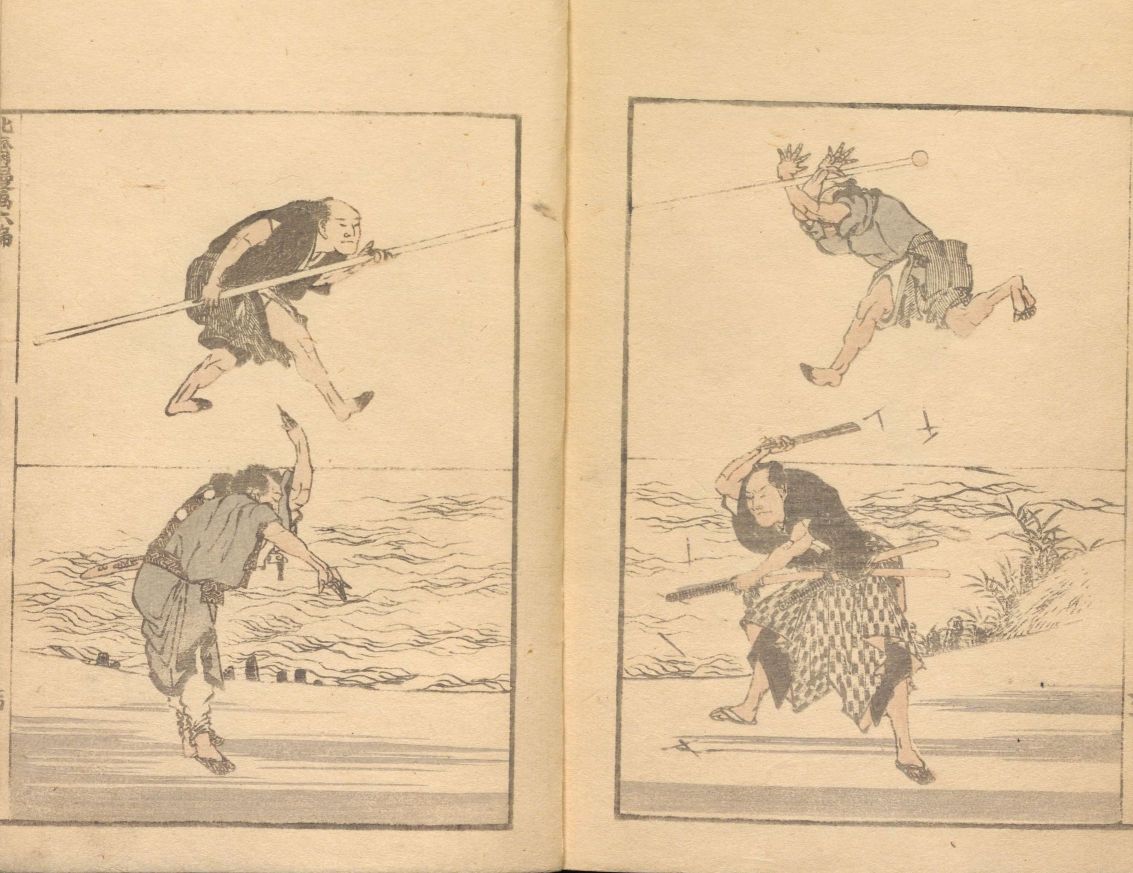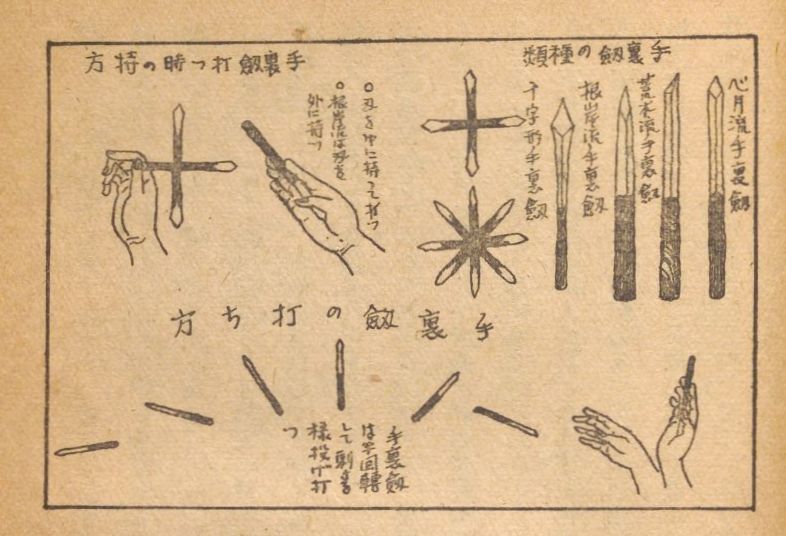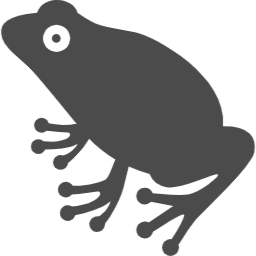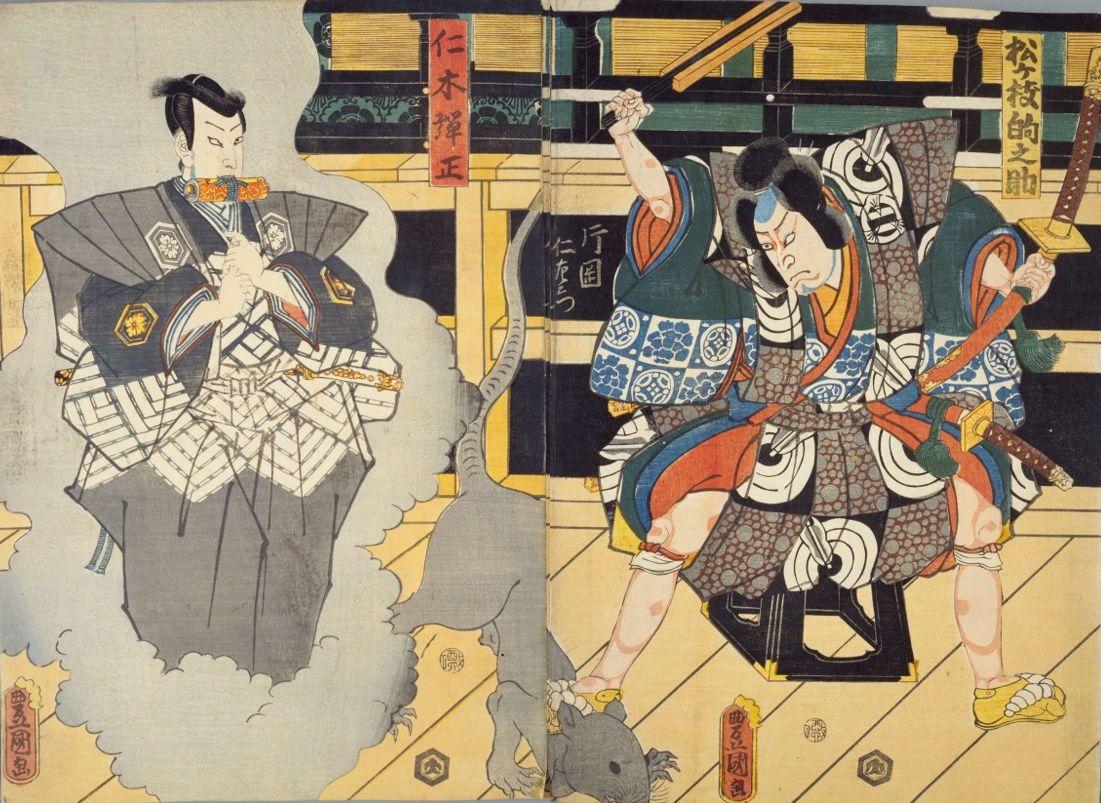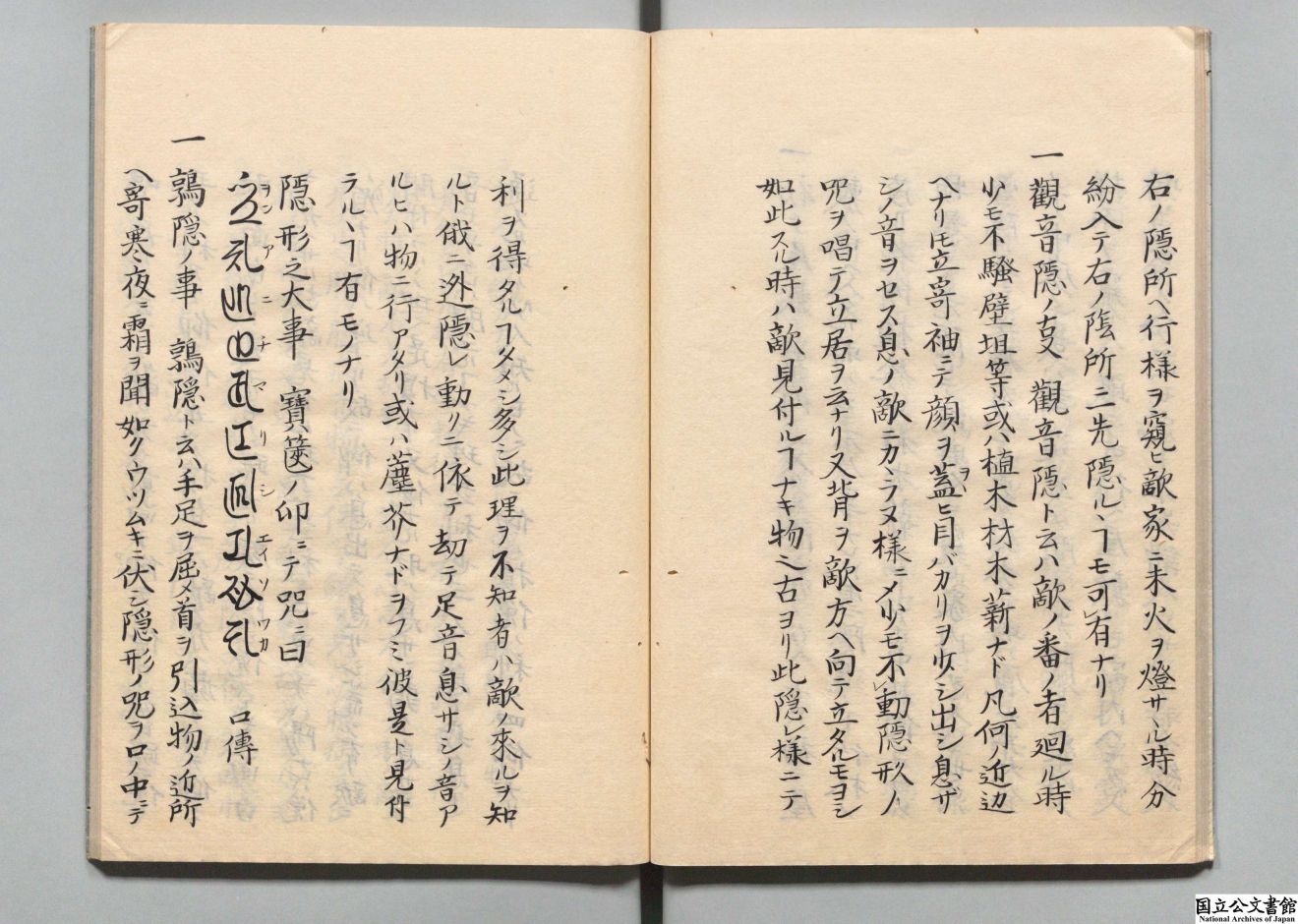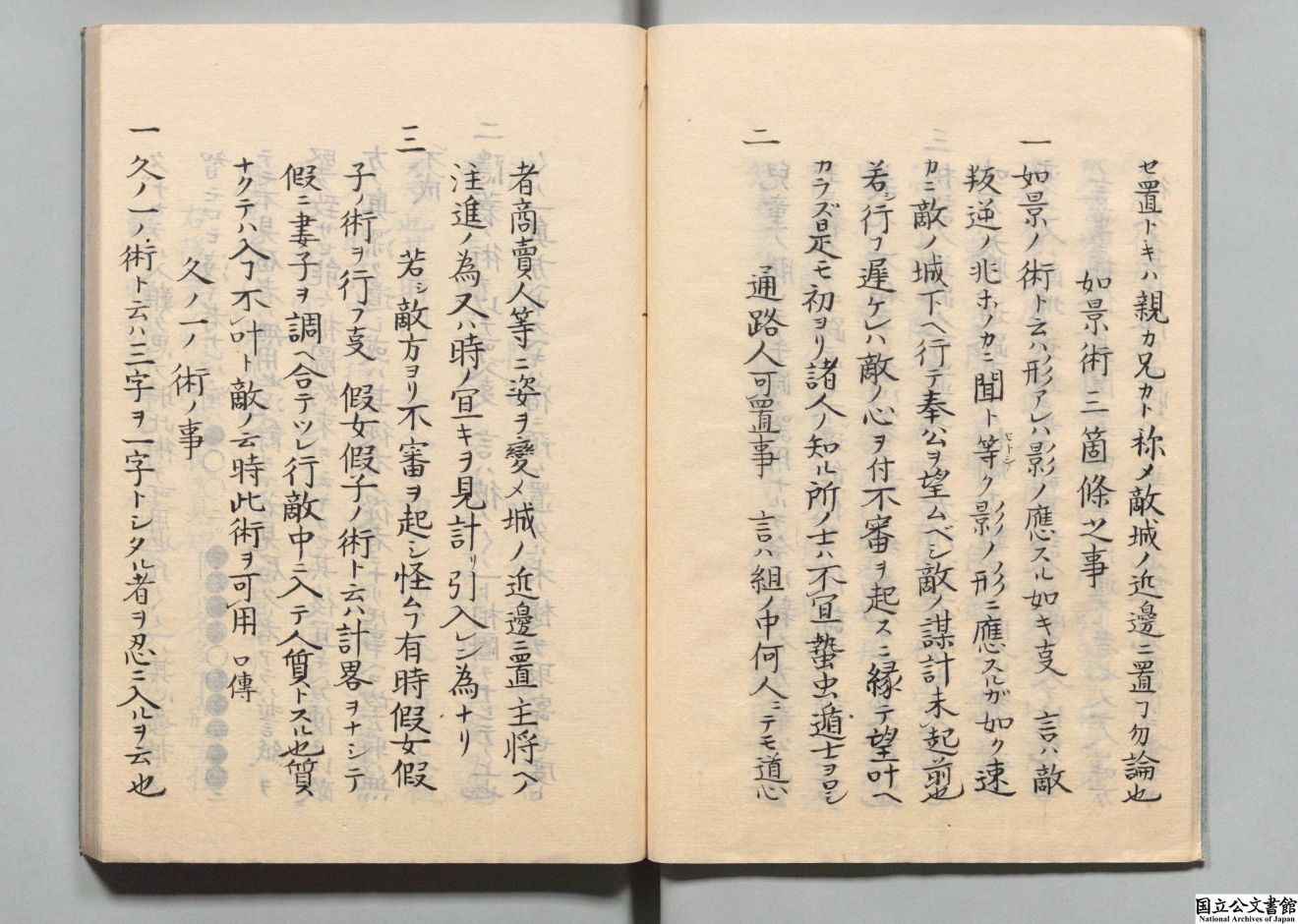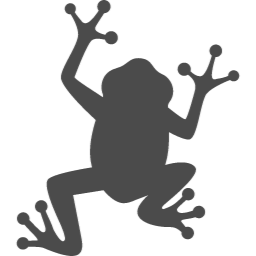- Kaleidoscope of Books
- NINJA: In Fiction and in Reality
- 3rd Scroll: Difference between the entertainment ninja and the real ninja!
- Introduction
- 1st Scroll: Ninja in the Entertainment World - Gorgeous Red Carpet
- 2nd Scroll: Real Ninja - Tough and Impossible Missions!
- 3rd Scroll: Difference between the entertainment ninja and the real ninja!
- Secret Scroll: Let's read ninjutsu books!
- Epilogue / Riddle Solution Scroll
- References
3rd Scroll: Difference between the entertainment ninja and the real ninja!
No way! I can't believe you've followed me this far. I knew you guys were fabulous! In the third scroll, you will learn about the difference between ninja in the entertainment world and real ninja. You may be tired, but this is an important part, so stay focused!
Ninja outfits
The ninja introduced so far include those who were not dressed in the trademark black clothes of the ninja. Originally, the ninja did not wear the distinctive black costumes that we tend to imagine. Not being noticeable is the true nature of the ninja. If they wore an obvious ninja black outfit, they would stand out, defeating the purpose.
It is believed that the ninja dressed in black costumes spread from theatrical performances such as kabuki and joruri. In the theater, it is not possible to explain that someone is a ninja, as is the case in novels. It is thought that the black costume was a stage direction device to immediately identify a character as a ninja. Later, ninja dressed in black became widespread in literary works as well.
So what colors did the real ninja wear? According to the Shōninki, they were said to wear brown, persimmon, black, and dark blue. These were common and unobtrusive colors of the time.
When it comes to clothing, style is important as well as color. The Shōninki also described the disguises of the ninja as "shichihode" (seven disguises): (1) Komuso (mendicant monk), (2) Wandering Buddhist priest, (3) Yamabushi (mountain ascetic hermits), (4) Merchant, (5) Houkashi (street entertainer), (6) Sarugaku performer, and (7) Normal (everyday) clothes.
These outfits had one thing in common: if people dressed in these outfits approached others, they would not look too suspicious. It seems that the appropriate attire for a ninja was one that was unobtrusive and easy to approach others.
Shuriken
Weapons and tools used by the ninja are called "ninki" (or "ningu"). Among the many ninki, the most well-known is the shuriken. Nowadays, shuriken are so commonly associated with ninja that the word "shuriken" is synonymous with ninja.
MASHIBA Hisayoshi (HASHIBA Hideyoshi) blocks a shuriken thrown by ISHIKAWA Goemon with a ladle. This is the showpiece of the kabuki play Sanmon Gosan no Kiri.
So how did ninja use shuriken? Actually, this question is very difficult to answer. This is because there are no descriptions of shuriken in the ninjutsu books that have been found so far, and there are no records of the use of shuriken by ninja.
Shuriken jutsu (art of shuriken) as a type of martial art was transmitted by different schools, such as Iga-ryu and Yagyu-ryu, so shuriken themselves existed. However, they were used by samurai. The possibility that ninja also used shuriken cannot be denied, but it is rather likely that shuriken were not considered as standard ninki and had little connection with the ninja.
On the other hand, ninja using shuriken appeared in plays and literary works of the Edo period. The connection between shuriken and ninja is thought to have taken root from the world of entertainment, such as kabuki. However, the shuriken used in those works are cylindrical, instead of the flat shuriken we are used to seeing.
Before World War II, the image of shuriken was that of a stick, and flat shuriken were only gradually becoming known through the writings of Fujita Seiko and others. After the war, flat shuriken began to appear in various works and became more well-known."
Ninja hand seals
Ninja are often portrayed as making hand seals before performing a technique. However, there are very few references to hand seals in ninjutsu books. There is only one example in the ninjutsu book Bansenshūkai, which will be introduced in a later chapter. It only says that when hiding, one should chant "on anichi marishi ei sowaka" while forming a hand seal. In other words, it is only introduced as a method of meditation to calm the mind.
Some of the hand seals most commonly introduced as being used by ninja are the "kuji goshin-bō," or self-defense technique using nine Japanse kanji. First, the nine characters "Rin, Pyō, Toh, Sha, Kai, Jin, Retsu, Zai, Zen" are represented by seals using both hands. Then, a sword seal is formed to cut the air while chanting the nine characters. This practice originated in Shingon esoteric Buddhism and was performed by Shugendo practitioners (Shugendo is mountain asceticism.) Each of the nine characters represents a god or Buddha.
Some studies show that forming hand seals decreases tension and drowsiness, and makes you more flexible to stress. Maybe you can give it a try.
Kunoichi
The kunoichi is a female ninja who, like male ninja, sneaks into the enemy's territory and takes action. Kunoichi have appeared in many novels, movies, TV shows, and manga, and have gained popularity.
As the kanji for woman, "女", can be divided into three lines: "く (ku)", "ノ (no)", and "一 (ichi)", "kunoichi" was originally a slang term referring to women in general. It is said that it was not until after World War II that this term became popularized as referring to female ninja. From the 1960s onward, female ninja began to appear in many works, and the perception that the term for female ninjas was kunoichi became widespread. It is said that the influence of YAMADA Hutaro's (1922-2001) Ninpocho series was particularly significant.
So, did kunoichi really exist? In volume 8 of Bansenshūkai, there is a description of "kunoichi no jutsu" (art of kunoichi). This was used when it was difficult for a man to infiltrate the enemy, and a "person composed of three characters (ku-no-ichi)," or woman, would infiltrate instead. Thus, it is not a description of female ninja.
Unfortunately, no record has been found so far of the actual existence of kunoichi as we imagine.

Next
Secret Scroll
Let's read ninjutsu books!


